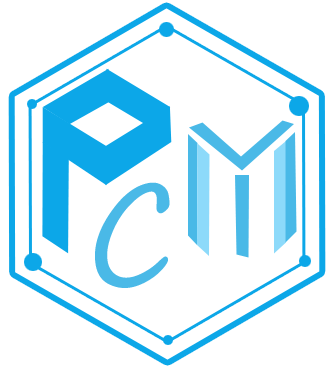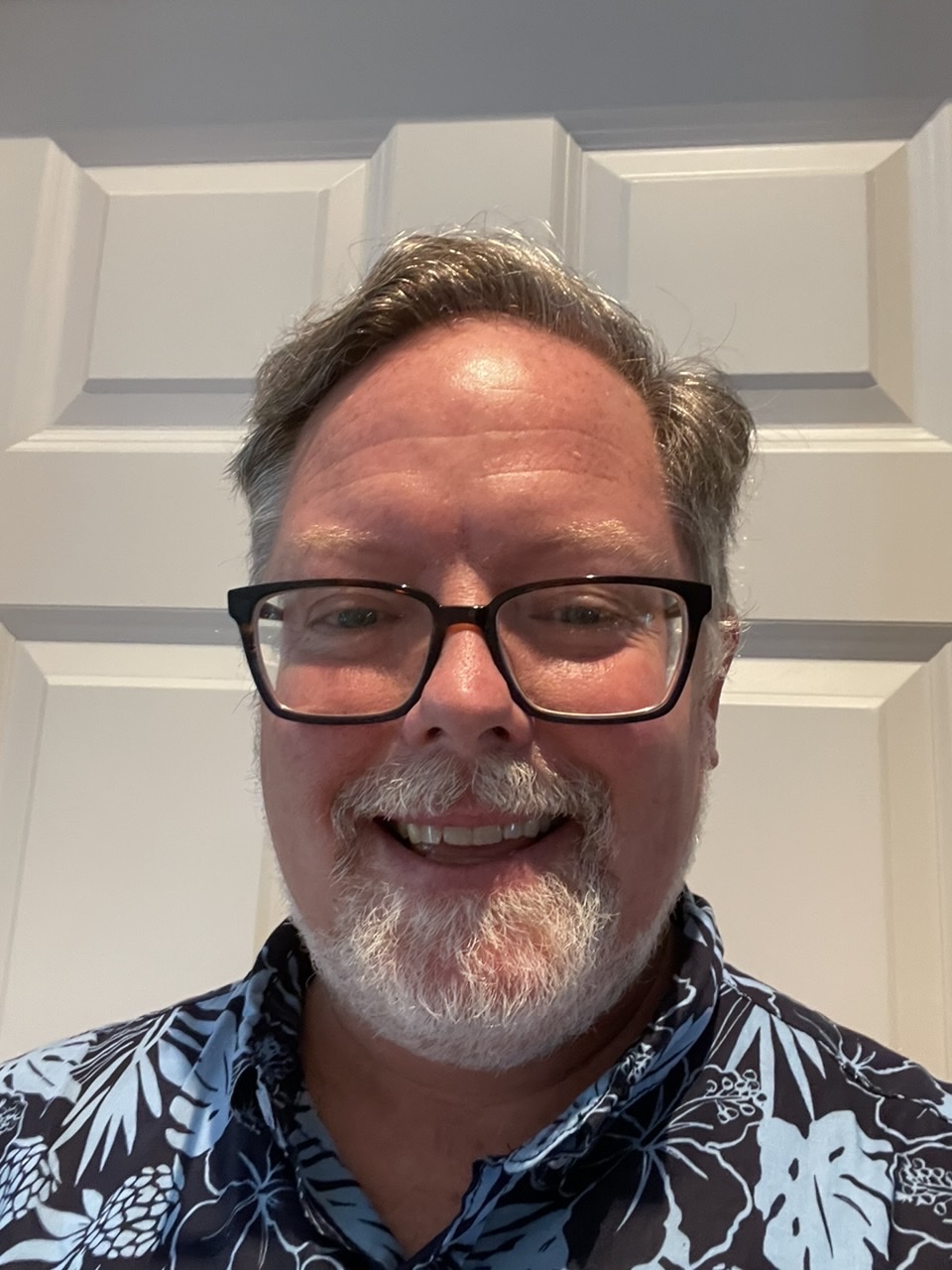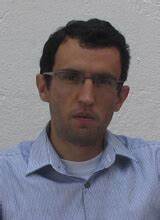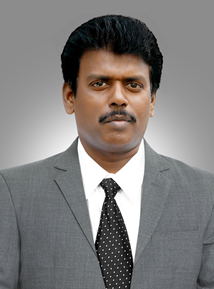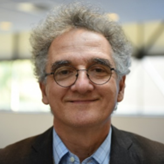Keynote Speakers
Thomas J. Webster
Interstellar Therapeutics, Boston, MA, USASpeech Title: Global Warming Due to Biomaterials ? Why We Have Been So Slow to Act.
Abstract: Biomaterials are composed of some of the same materials as those used in non-medical applications (such as automobile, aerospace, consumer goods, etc.). While these other fields have moved away from using materials that are not environmentally friendly (such as those which contribute to greenhouse gases, are not environmentally degradable, have a large carbon footprint, etc.), the medical device community continues to use non-environmentally friendly plastics, metals, and other materials throughout medicine. This is despite the fact that numerous agencies have found that medical devices contribute to a large component of waste causing greenhouse gases. This is also despite the fact that plastics have been predicted to contribute 2.8 gigatons of CO2 emissions by 2050, up from 850 million metric tons of greenhouse gases in 2019 with only 16% of plastics currently being recycled. This presentation will highlight the current failures of the medical device industry in promoting the environmentally safe production as well as the use of products that can decrease greenhouse emissions. It will also highlight recent research on the use of natural as well as biodegradable materials for a wide range of medical applications. Most importantly, it will highlight that we need a paradigm shift in all fields, not just non-medical fields but most importantly in medical fields, to reduce greenhouse emissions to reduce global warming.
Keywords: Biomaterials, Global Warming, Green, Recycled
Biography: Thomas J. Webster’s (H index: 108; Google Scholar) degrees are in chemical engineering from the University of Pittsburgh (B.S., 1995; USA) and in biomedical engineering from RPI (Ph.D., 2000; USA). He has served as a professor at Purdue (2000-2005), Brown (2005-2012), and Northeastern (2012-2021; serving as Chemical Engineering Department Chair from 2012 - 2019) Universities and has formed over a dozen companies who have numerous FDA approved medical products currently improving human health. Dr. Webster has numerous awards including: 2020, World Top 2% Scientist by Citations (PLOS); 2020, SCOPUS Highly Cited Research (Top 1% Materials Science and Mixed Fields); 2021, Clarivate Top 0.1% Most Influential Researchers (Pharmacology and Toxicology); and is a fellow of over 8 societies.
Prof. Raul D.S.G. Campilho
Permanent Auxiliar ProfessorSchool of Engineering
Instituto Superior de Engenharia do Porto (ISEP)
Portugal
Speech Title: Numerical analysis of adhesively-bonded joints in composite materials
Abstract: Advanced composite materials have high specific strength and stiffness and, together with automatic fabrication processes, enable the production of cost- and weight-efficient composite structures. Within this scope, adjusting the composite lay-up to the load-preferential directions is particularly effective in reaching efficient solutions. In several applications, such as aerospace, aeronautical and automotive industries, the structures’ complexity requires joining separately-produced components to form the final structure. Adhesive joining of composite structures is particularly attractive, enabling to prevent weakening induced by holes, the combination of composites with different materials, lighter joints, and new designs. The Finite Element Method (FEM) is the most common technique for adhesive joints, using different approaches: continuum mechanics, fracture mechanics, Cohesive Zone Modelling (CZM), damage mechanics, and the eXtended Finite Element Method (XFEM). This work addresses the CZM numerical technique for strength prediction of adhesive joints, including a general description of CZM applied to the strength prediction of bonded joints. The most common techniques for estimation of the cohesive laws, essential as input in the numerical simulations, are then addressed. The application of CZM techniques to adhesively-bonded composite joints is divided into fracture property estimation, static strength prediction for general purpose joints, curved joints, sandwich structures with composite skins and impact applications.
Biography: Raul Duarte Salgueiral Gomes Campilho completed his M.Sc. degree in 2006 and his Ph.D. degree in 2009, both of which at Faculdade de Engenharia da Universidade do Porto. He has authored 280 articles in journals, 27 sections of books and 9 books, and received about 9,164 citations with 51 h-index (Google Scholar). He has received 16 awards and/or honors. Raul D.S.G. Campilho spends much of his time researching Composite material, Adhesive, Structural engineering, Finite element method and Fracture mechanics. His Composite material study is mostly concerned with Fracture toughness, Adhesive bonding and Failure mode and effects analysis.
Prof. Sivakumar Manickam
Department of Petroleum and Chemical EngineeringFaculty of Engineering
Universiti Teknologi Brunei
Brunei Darussalam
Speech Title: Greener and Energy-Efficient Cavitation Assisted Process Intensification for the Generation of Nanomaterials
Abstract: Much effort is currently being devoted to studying nanomaterials, mainly due to their wide variety of applications. Particularly, nanoparticles have generated a large research effort because their properties differ markedly from those of their bulk counterparts. Many different approaches have been applied to the fabrication of nano-entity, such as co-precipitation, microemulsion, supercritical sol-gel processing, hydrothermal synthesis, or high energy ball milling. Directed to the problems of these conventional methods, new synthetic methods have received increased attention in recent years. Cavitation, an approach for synthesizing various compounds at milder conditions, is already the rage in materials engineering. The major advantage of this new method is that it affords a reliable and facile route for controlling both the synthetic process and nanostructure in advanced materials. Also, this process provides chemical homogeneity and reactivity through atomic-level mixing within the precursor system, and phase pure crystalline materials can be prepared by annealing at reduced temperatures. Various nanomaterials and nanodispersions have been generated using this technique to develop biosensors and other applications. More importantly, novel carbon materials such as Graphene and Fullerene have been exploited for the functionalization and in the development of nanocomposites to be employed in the sensors.
References
1. Sze Shin Low, Maxine Yew, Chang Nong Lim, Wai Siong Chai, Liang Ee Low, Sivakumar Manickam, Beng Ti Tey, Pau Loke Show, Sonoproduction of nanobiomaterials – A critical review, Ultrasonics Sonochemistry, 82, 105887, 2022
2. Jayachandrabal Balachandramohan, Randeep Singh, Thirugnanasambandam Sivasankar, Sivakumar Manickam, Sonochemical Synthesis of Highly Efficient Ag3PO4-Guar Gum Nanocomposite with Photo-oxidation Property under Visible Light Irradiation, Chemical Engineering and Processing: Process Intensification, 168, 108549, 2021.
3. Renu Geetha Bai, Kasturi Muthoosamy, Meifang Zhou, Muthupandian Ashokkumar, Nay Ming Huang and Sivakumar Manickam, Sonochemical and Sustainable Synthesis of Graphene-Gold (G-Au) Nanocomposites for Enzymeless and Selective Electrochemical Detection of Nitric Oxide, Biosensors and Bioelectronics, 87, 622-629, 2017
4. Sadia Afreen, Kasturi Muthoosamy, Sivakumar Manickam and Uda Hashim, Functionalized Fullerene (C60) as a potential Nanomediator in the fabrication of highly sensitive Biosensors, Biosensors and Bioelectronics, 63, 354-364, 2015
5. Renu Geetha Bai, Neethu Ninan, Kasturi Muthoosamy and Sivakumar Manickam, Graphene: A Versatile Platform for Nanotheranostics and Tissue Engineering, Progress in Materials Science, 91, 24-69, 2018
6. Sadia Afreen, Ken Kokubo, Kasturi Muthoosamy and Sivakumar Manickam, Hydration or Hydroxylation: Direct Synthesis of Fullerenol from Pristine Fullerene (C60) via Acoustic Cavitation in the presence of Hydrogen Peroxide, RSC Advances, 7, 31930-31939, 2017
7. Renu Geetha Bai, Kasturi Muthoosamy, Fiona Natalia Shipton, Alagarsamy Pandikumar, Perumal Ramesh Kumar, Nay Ming Huang and Sivakumar Manickam, The Biogenic Synthesis of Reduced Graphene Oxide-Silver (RGO-Ag) Nanocomposite and its Dual Applications as Antibacterial Agent and Cancer Biomarker Sensor, RSC Advances, 6(43), 36576-36587, 2016
Biography: Professor Sivakumar Manickam is a Chemical Engineer specializing in the process engineering of nanomaterials, especially nanopharmaceuticals. Currently, he is working with UTB, Brunei and earlier, and he was working with the University of Nottingham, International Campus, Malaysia. His research focuses on the process development of cavitation-based reactors towards technologically important nanomaterials, greener extraction of natural products, water treatment, development of pharmaceutical nanoemulsions and utilizing novel carbon nanomaterials to design biosensors for the earlier detection of cancer and diabetes. He took various leadership roles at the University of Nottingham, including Director of Research, Founding Director for the Centre for Nanotechnology and Advanced Materials, Head - Manufacturing and Industrial Research Division and Associate Dean for Research and Knowledge Exchange. He has completed more than 20 industrial and government-funded projects and supervised more than 50 research students. He has published ~250 peer-reviewed journal and conference papers. His h-index is 51 (scholar google). He is also the Executive Editor of Ultrasonics Sonochemistry (Elsevier, Q1, IF 7.5) Journal. He serves as a board member of the Asia Oceania Sonochemical Society (AOSS), as well as the Fellow of the Higher Education Academy (UK) and Fellow of the Royal Society of Chemistry (FRSC).
Prof. Esteban Broitman
SKF Research & Technology Development Center, The NetherlandsSpeech Title: Composite Coatings in Wind Generator Bearings
Abstract: During the last three decades, carbon-based composite coatings have enjoyed a growing interest in several industrial applications. By tuning the carbon sp3-to-sp2 atomic bonding ratio and by alloying the carbon with other elements, the researchers have been able to tailor unique physical, mechanical, and tribological composite properties in order to satisfy an increased technological demand.
In the first part of the talk we will show how carbon-based composite coatings can be deposited at industrial scale onto steel bearings using Physical Vapor Deposition (PVD) and Plasma Assisted Chemical Vapor Deposition (PACVD) techniques at low temperatures. The main deposition methods will be reviewed.
In the second part of the talk, we will explain how is possible to deposit films with different amount of sp2-sp3 bonding ratios by just changing fundamental deposition parameters, leading to six different microstructures: graphite, non-hydrogenated a-C (amorphous) and ta-C (tetrahedral) carbon coatings, hydrogenated a-C:H and ta-C:H films, and a soft polymeric coatings. Furthermore, the mechanical and tribological properties of the different microstructures will be discussed.
In the last part of the talk, we will describe the main applications of SKF’s NoWear® carbon-based composite coated bearings to extend maintenance and life expectancy of specialized bearings in wind generators.
Biography: Esteban Broitman holds a Ph.D. in Physics from the University of Buenos Aires (Argentina), and a Docent (Habilitation) degree in Tribology from Linköping University (Sweden). He has been doing research and teaching at the University of Buenos Aires (Argentina), The College of William & Mary (USA), Carnegie Mellon University (USA), Linköping University (Sweden), and Invited Professor at University of Sao Pablo (Brazil), and the Chinese Academy of Sciences (CAS - China). He is presently a Senior Scientist in the area of Coatings at the SKF Research and Technology Development Center in Netherlands. He has published more than 200 per-reviewed articles and book chapters, and presented numerous Plenary, Keynote and Invited Lectures. His activities focus on the use of advanced surface engineering to control friction and wear at the macro-, micro-, and nano-scales of coatings like DLC, nanocomposites, and softer materials like soft metals and polymers.
